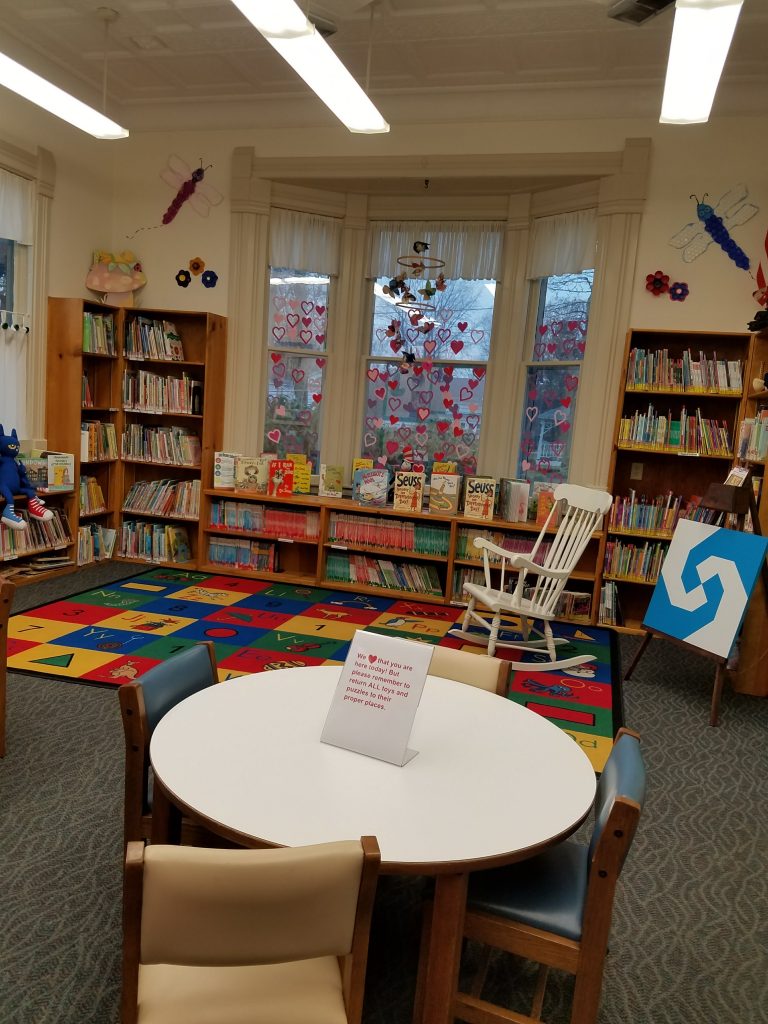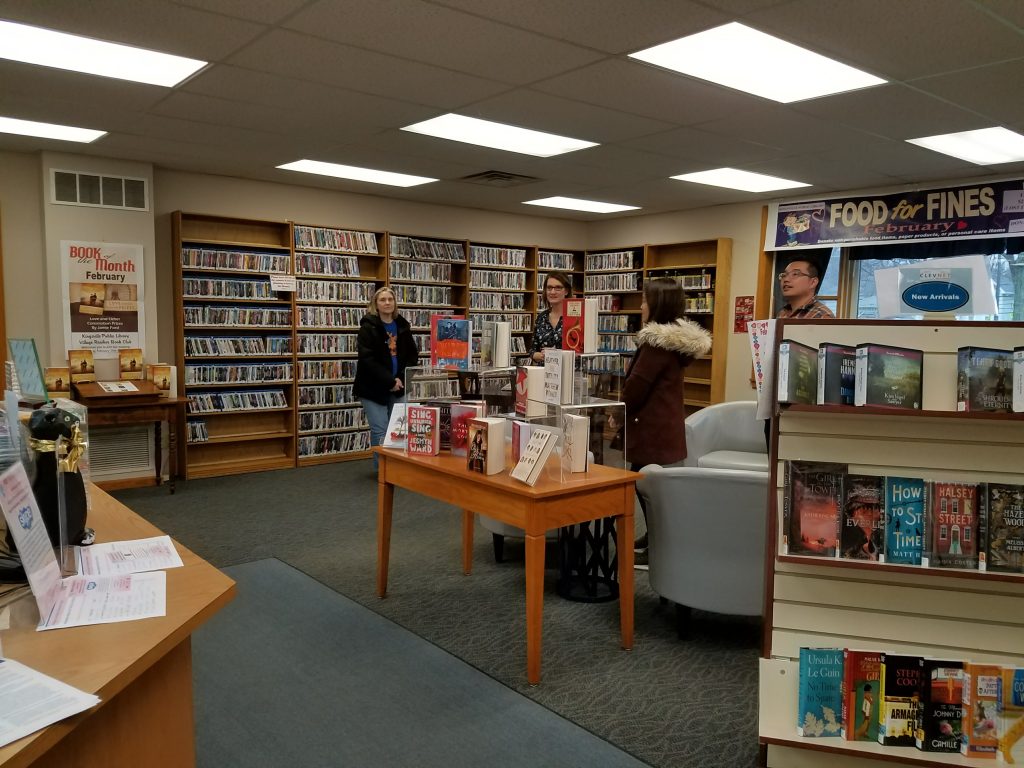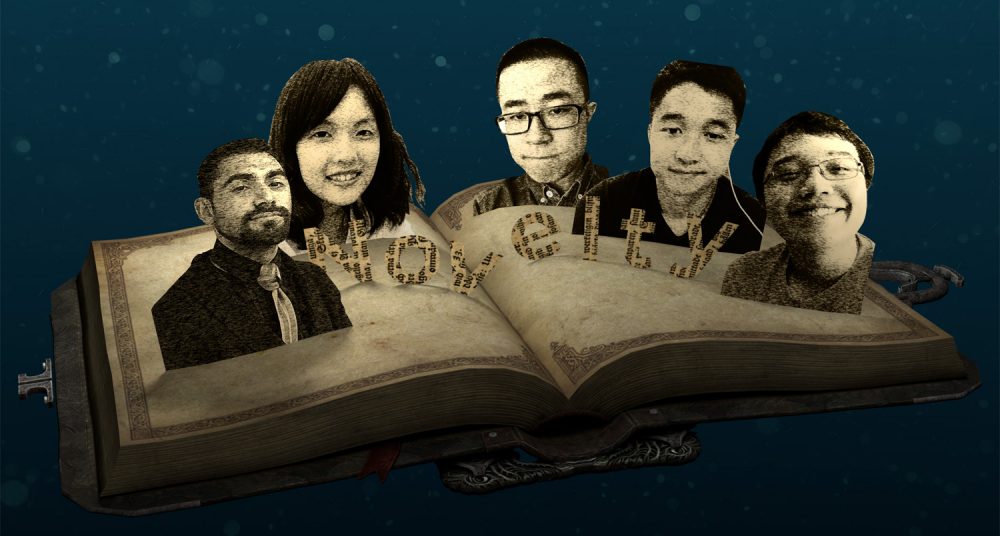BY MAI AO
This week we finally got to meet with some of our target audience, a group of 12-15 year old library users. The 2-hour driving distance and scheduling difficulty did not make it easy for this meeting to happen. But here we were, at Kingsville Library, one of our six client libraries.


After some ice-breakers, we did a drawing exercise with the kids. “NASA has a new initiative to build a library on Mars. Because it is going to be on Mars, the people that will be able to use it will be your age when it is ready. Help us design the Martian Library as the coolest, most fun place that you would come to.” They came up with a very modern and accommodating floor plan design that featured everything from historical artifacts room to 3D printing center, a mini build-your-own garden to “a happy place”. Do not dismiss this as mere doodles! This fun-filled drawing actually could tell us a lot about what kids really wanted from a library. After the drawing exercise, we also did an word association game to see what 12-15 year olds thought of when they heard the word library.
This week we also had the 1/4 sit-downs with three members of our faculty: Jessica Hammer, Dave Culyba, Ruth Comley. They each spent an hour in our project room to give us in-depth feedback based on our needs. Addressing our needs to attract teens to the library, Jess immediately pointed out the core of the issue was building a relationship between teens and the adults and staff at libraries. We must make the teens feel welcome there and not judged upon. This meant revolutionizing the expectations of that space for both the young and the adults. She suggested that we should strive to understand teens’ aspirations and emotional needs. They will want to feel a sense of recognition and accomplishment from their participation. They have values they could offer to the library. Maybe there are even a way to develop their leadership role from this?
Dave emphasized the importance of research and data. As the problem we are dealing with is a nationwide issue, and the need of our client is likely not an unique case, we must discover what the most plausible strategy is based on the data. There must be continuing efforts to seek expert advice, existing researches, in order to build our decisions on solid grounds, and not our own imagination. The fruit of this extensive research would be very valuable to our client librarians.
Ruth charted out some interesting ways we could implement our ARG. She highlighted the idea of building a persistent link from game play to real life. The effectiveness of the game play would rest on its ability to mimic real life while being self-contained in the game narrative. We should consider what kind of subjects would attract the kids, and then wrap an intriguing story around it. Mysteries and spy stories, as narrative formats, have high likelihood of success. We could even potentially have branching narratives to accommodate diverse interests.
On February 22, we brought one of our micro:bit prototype games to Carnegie Science Center’s Engineer the Future event. Our prototype was a puzzle game that required the player to press a Left and a Right button on the micro:bit 8 times in the correct sequence to unlock a heart shape. The players were given one of many clues that would point them to the correct sequence. However, deciphering the clue was not so easy. Would you like to give it a try? This is one of the clues: CXEUMNBO.
We found the puzzle having a wide appeal to both children and adults, but it could be a bit difficult to younger kids. The replayability was also extendable as each different clue would make you want to try it all over again. It seemed that micro:bit could indeed be a fun game puzzle piece to have. But should we or should we not keep investing into this device? Could we actually avoid shoehorning a technology into an experience design? Would doing so lead us to deviate from our real objective? We ended this week with mounting pressure to answer these questions.
